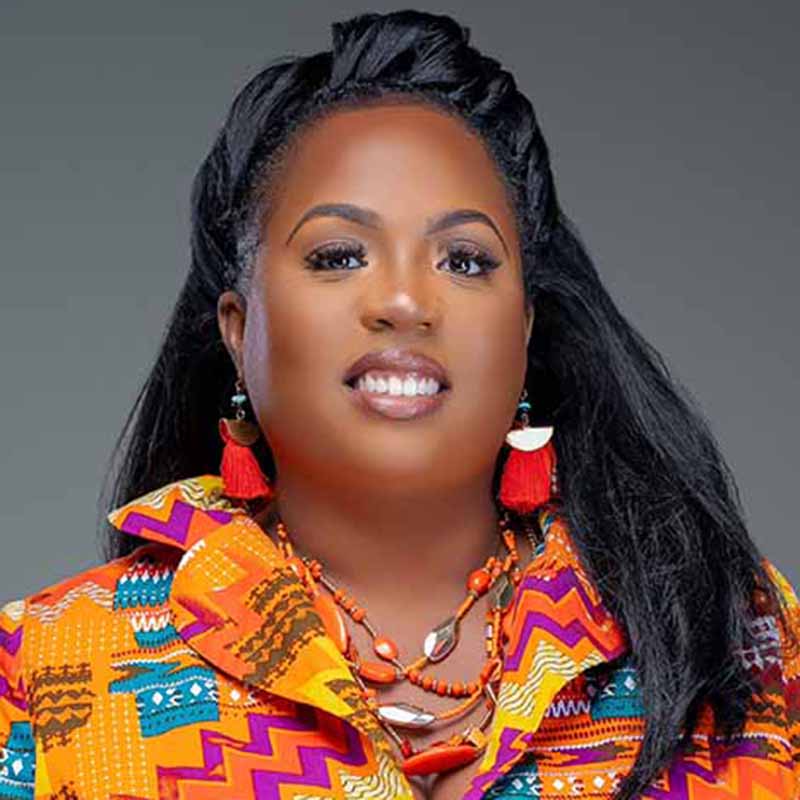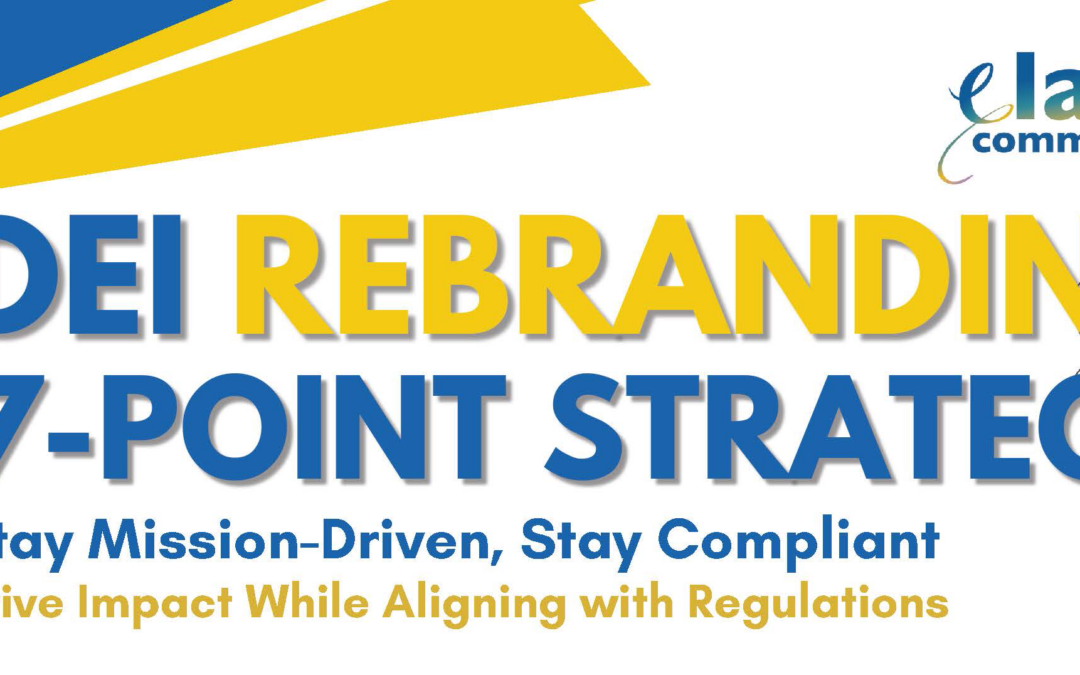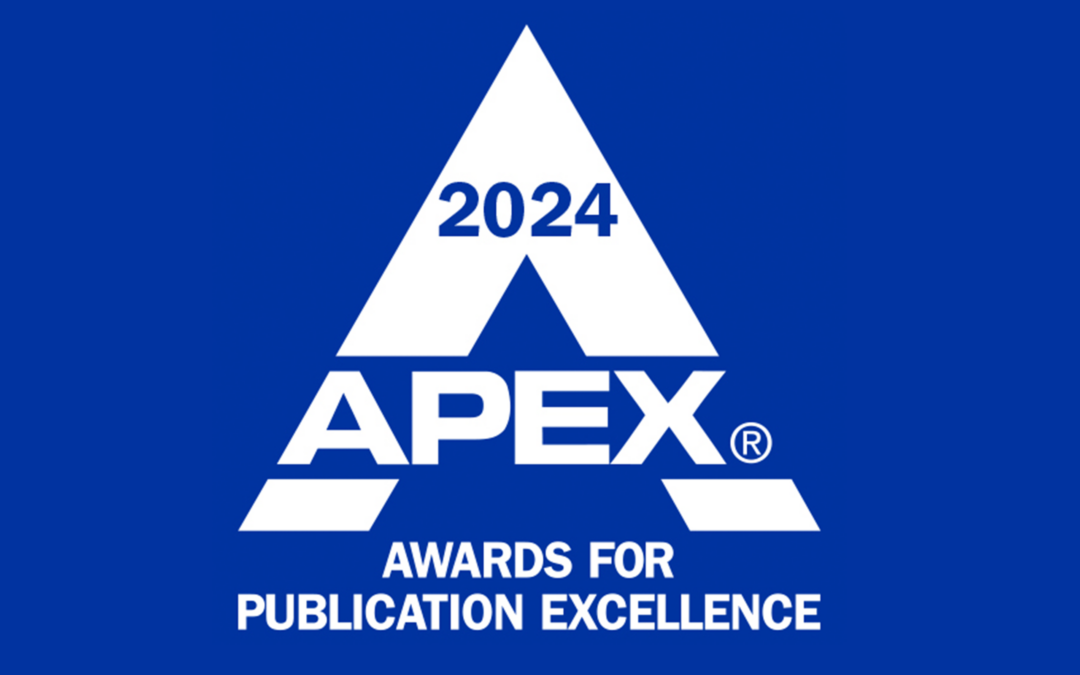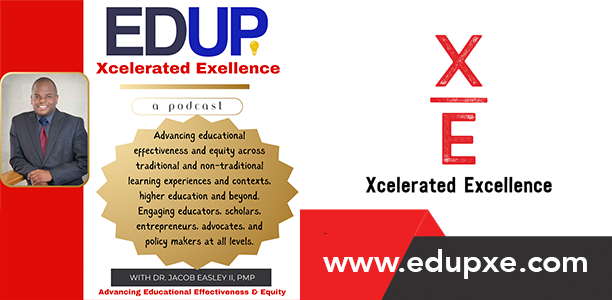Creating inclusive communications for multiple generations in the workplace is not a one-size-fits-all approach. It requires understanding the unique preferences and styles of each generation, embracing a multichannel communications strategy, fostering an inclusive culture, leveraging technology, and continuously adapting based on feedback. When communications strategies are tailored to accommodate different generational preferences, organizations foster better collaboration across age groups and ensure all employees, regardless of their generational background, feel understood, respected, and engaged.
A multigenerational workforce brings diverse perspectives to the table. When you provide diverse communications channels, teams work together more effectively, leveraging the strengths of each generation. For instance, while baby boomers may prefer face-to-face meetings, millennials might favor digital collaboration tools. Gen Z workers might appreciate quick, informal digital exchanges, while Gen X employees may prefer a mix of in-person and digital communication. Organizations boost overall employee satisfaction and retention by catering to these preferences, resulting in employees feeling respected and accommodated, increasing employee engagement and productivity. When communication barriers are removed, these varied viewpoints lead to more creative problem-solving and innovation. Teams with age diversity offer a variety of approaches to address challenges, resulting in more robust solutions.
Effective intergenerational communication facilitates valuable knowledge transfer within the organization. Experienced employees share their wisdom and institutional knowledge with younger colleagues, while newer employees introduce fresh perspectives and technological insights. This two-way exchange creates a rich learning environment that benefits the entire workforce. A workforce that communicates effectively across generations is also better equipped to serve a diverse customer base. Employees can leverage their generational insights to tailor communications styles to different client demographics, improving customer satisfaction and loyalty. Companies known for their effective multigenerational communications strategies attract a wider pool of talent. Moreover, when employees feel their communication needs are met, they’re more likely to stay with the organization long term, reducing turnover costs.
Intentional efforts should be made to bridge the generational gaps in communications in the workplace. Businesses can educate employees about generational differences and encourage mutual respect for diverse communications styles. They can offer training to help all employees become comfortable with various communications technologies. Creating cross-generational teams will encourage collaboration and mutual understanding, leveraging the strengths of each generation. And it fosters a work environment where all generations feel comfortable expressing their preferences and providing feedback on communication methods.
In today’s rapidly changing business landscape, adaptability is key. A workforce that’s comfortable communicating across generational lines is more likely to be flexible and resilient in the face of change. This adaptability gives organizations a competitive edge in dynamic markets. Take your business to the next level by transforming your working environment into one that embraces generational diversity in communication for higher performance and rewards.









